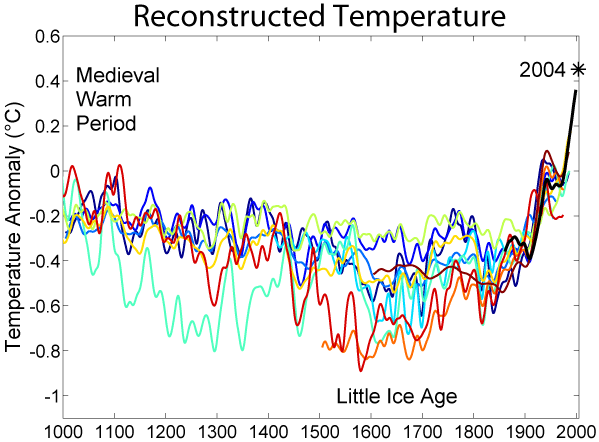Guest Commentary by George Tselioudis (NASA GISS)
In the past few years several attempts have been made to assess changes in the Earth’s planetary albedo, and claims of global dimming and more recently brightening have been debated in journal articles and blogs alike. In a recent article entitled “Can the Earth’s Albedo and Surface Temperatures Increase Together,” that appeared in EOS, Enric Palle and co-authors use recently released cloud data from the International Satellite Cloud Climatology Project (ISCCP) to explain how it is possible for the Earth to be warming even as it’s albedo is increasing. The need for an explanation arises from the author’s claim that the earth’s albedo has increased since the year 2000, an increase that was not followed by a decrease in surface temperature. They base this claim on Earthshine data (a measurement of the glow of the dark side of the moon that they use to deduce the earth’s reflectance) and on an albedo proxy derived from ISCCP parameters after they are regressed with two years of overlapping, but not global, earthshine observations. Subsequently they claim that the rising reflectance of the Earth has not led to a reversal of global warming because the difference between low and middle-plus-high ISCCP clouds has increased in the last four years. This they say implies that as the low-level, cooling clouds have decreased during the most recent years, the high-level, warming clouds have increased even more negating any potential cloud-induced cooling.
There are several issues connected to the use of earthshine data to calculate the earth’s albedo that have been discussed in peer-reviewed publications and that I will not discuss in this posting. I will say a few things, however, about the selective use of ISCCP data in this article to construct qualitative arguments that do not stand up to detailed quantitative analysis . [Read more…] about Cloudy outlook for albedo?
